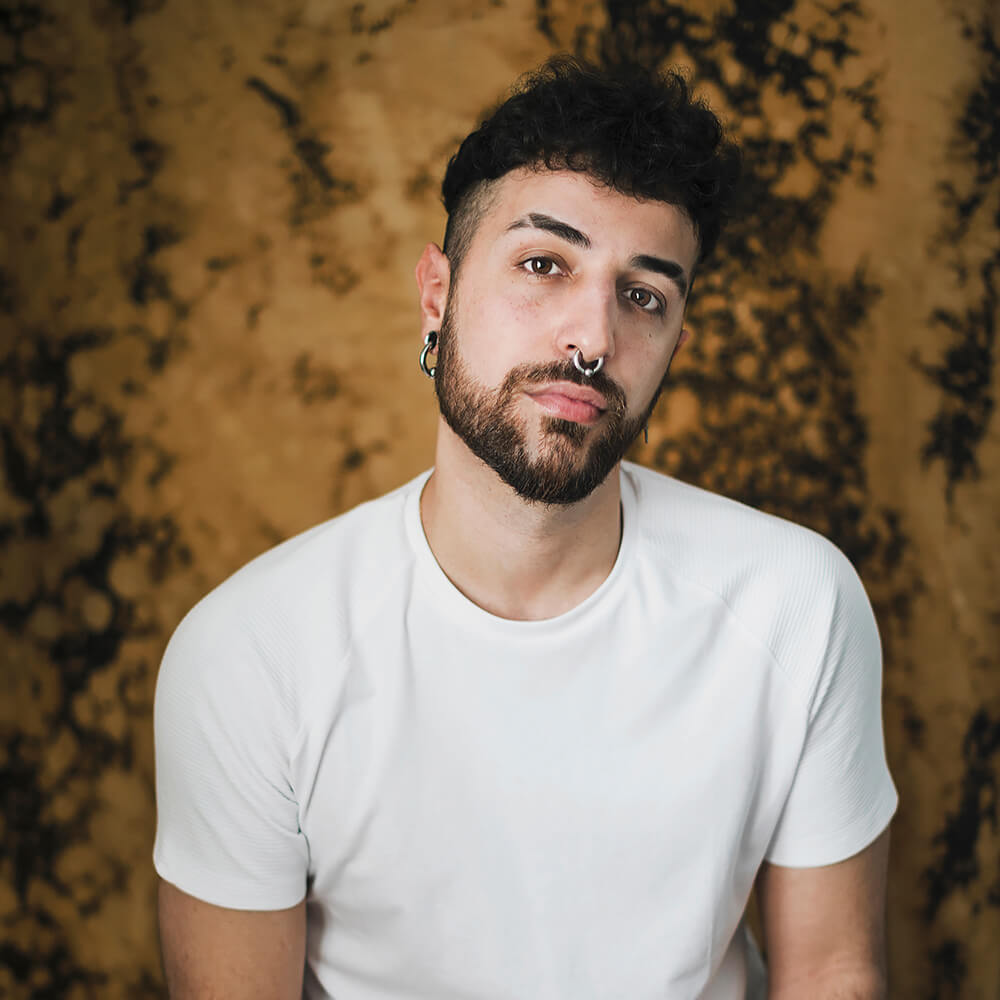Frank Diamond (April 29, 1990, Lleida) is an artistic photographer from Spain. His photography is characterized by not showing the faces of his characters and by its pictorial appearance and subdued atmosphere.
Diamond have been exhibited and represented by art galleries both nationally and internationally. He was published and interviewed in various media and networks such as Adobe Photoshop, Adobe Lightroom, Instagram Spain, La Mañana newspaper and magazines such as DNG Photo Magazine, Neo2 Magazine, Digital SLR Photography Magazine, Kluid Magazine...
In 2017 he was the author of his first photobook "Instinct", a photographic series represented by mythological creatures and accompanied by poetry.
His career in the world of photography began at the age of 21. His passion for art through self-portrait helped him to express his emotions, which led him to go through several stages to this day. Diamond shows his fears and insecurities in the face of life through dramatic photography, his work shows a visual diary of everything that causes him discomfort or the need to claim something. Completely self-taught, he knew how to make his way into the world of art, holding exhibitions and interviews through the networks, thus gaining great popularity in the creative field. His most representative work and for which he is known is for "The truth we don't want to see" in which a girl appears with a teddy bear and two masked subjects.
